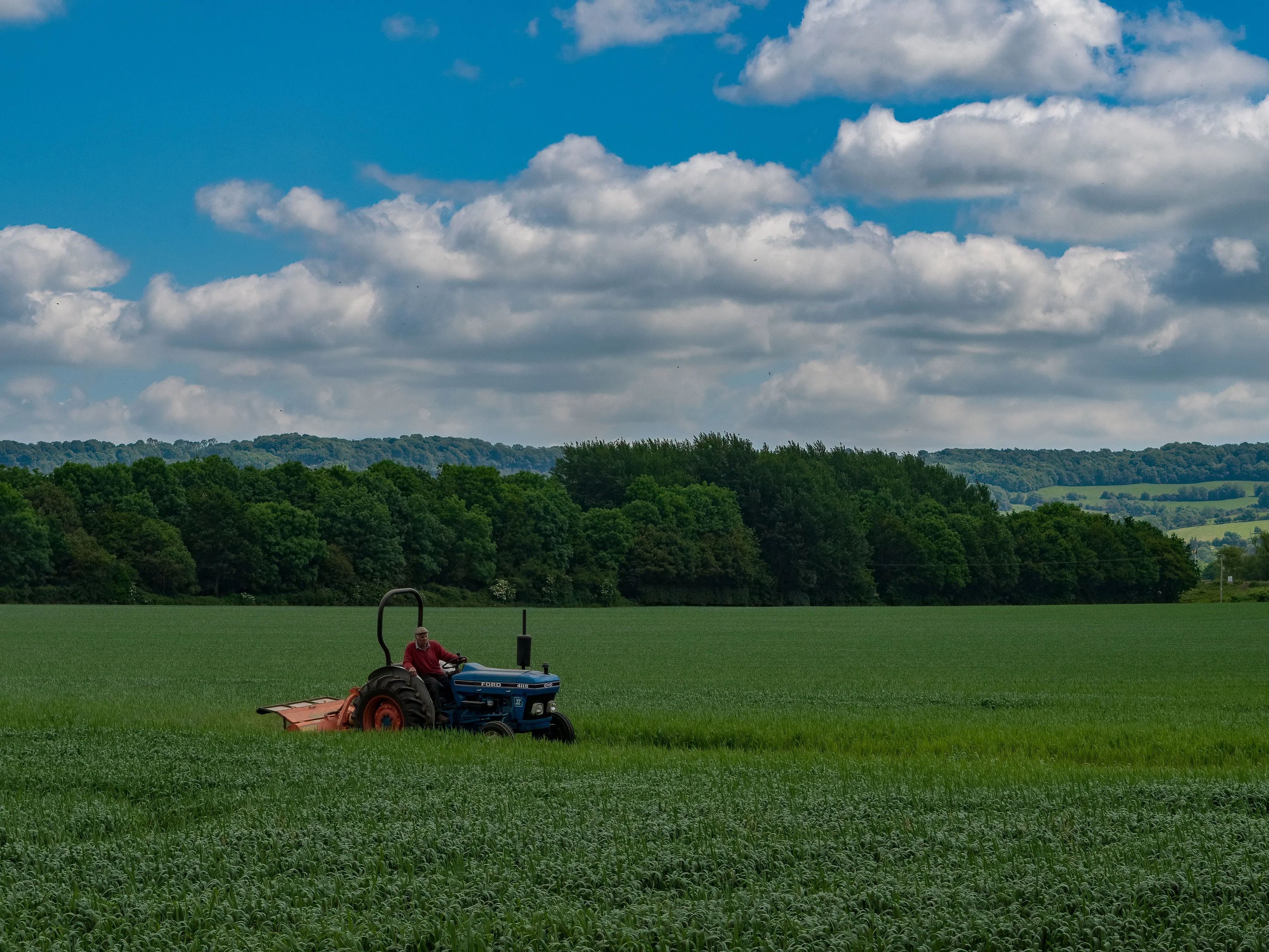Cultivating Resilience: How Agroforestry Can Help Farmers Adapt to a Changing Climate
Discover how agroforestry empowers farmers to adapt to a changing climate. Explore the benefits of agroforestry investments, including tax savings and the potential for tax-free retirement income. Uncover how this innovative practice fosters resilience, sustains livelihoods, and safeguards our agricultural future.

Introduction:
As the impacts of climate change become increasingly evident, farmers face unprecedented challenges in sustaining their livelihoods. However, amidst this uncertainty, agroforestry emerges as a powerful ally. By integrating trees into agricultural landscapes, agroforestry offers farmers a pathway to resilience, enabling them to adapt to the changing climate. In this blog post, we will explore the transformative potential of agroforestry in cultivating resilience, sustaining livelihoods, and securing our agricultural future.
1. Understanding Agroforestry:
Agroforestry is a sustainable land management practice that combines agriculture and forestry. It involves strategically integrating trees with agricultural crops or livestock to create mutually beneficial relationships. Agroforestry systems offer a diversified and resilient approach to farming by harnessing the synergy between different plant species.
2. The Role of Agroforestry in Climate Change Adaptation:
Agroforestry provides a range of benefits that equip farmers with tools to adapt to a changing climate:
a) Climate Resilient Crops: Agroforestry systems offer greater crop resilience by providing shade and protection against extreme weather events such as heatwaves, droughts, or heavy rainfall. The trees act as windbreaks, reducing soil erosion and safeguarding crops from damage.
b) Water Management: Agroforestry helps manage water resources more effectively. Trees capture and retain water, improving soil moisture levels and reducing water runoff. This enhanced water management supports crop growth and reduces the impact of droughts and floods.
c) Carbon Sequestration: Agroforestry plays a vital role in mitigating climate change. Trees in agroforestry systems act as carbon sinks, capturing and storing significant amounts of carbon dioxide from the atmosphere. By sequestering carbon, agroforestry contributes to climate change adaptation and the reduction of greenhouse gas emissions.
d) Biodiversity Conservation: Agroforestry promotes biodiversity by creating habitats for diverse plant and animal species. The integration of trees enhances ecological balance, facilitates natural pest control, and reduces the dependence on chemical inputs.
3. Agroforestry as an Investment:
Agroforestry not only offers environmental benefits but also presents attractive investment opportunities:
a) Long-Term Returns: Agroforestry investments provide long-term financial rewards. Trees take time to mature, but once they do, they can generate significant returns through timber sales, fruit production, or other tree-based products. Investing in agroforestry offers the potential for stable and lucrative income streams.
b) Tax Savings and Incentives: Governments recognize the environmental benefits of agroforestry and often provide tax incentives to investors. These incentives may include tax deductions for establishing agroforestry systems or reduced tax rates on income generated from agroforestry operations. Taking advantage of these incentives can lead to substantial tax savings.
c) Tax-Free Retirement Income: Agroforestry investments can provide a unique opportunity for tax-free retirement income. As trees mature and yield profits, the revenue generated can supplement retirement funds without incurring income tax. This tax-free income ensures financial security and stability for retirees.
Conclusion:
Agroforestry stands as a powerful tool for farmers to adapt to a changing climate. By integrating trees into agricultural landscapes, agroforestry enhances crop resilience, improves water management, sequesters carbon, and fosters biodiversity. Moreover, agroforestry investments offer long-term financial returns, tax savings, and the potential for tax-free retirement income. Embracing agroforestry not only ensures the sustainability of farming practices but also contributes to a resilient agricultural future for generations to come.
Keywords: Agroforestry, Agroforestry investment, Agroforestry tax savings, tax-free retirement income.
































































































































